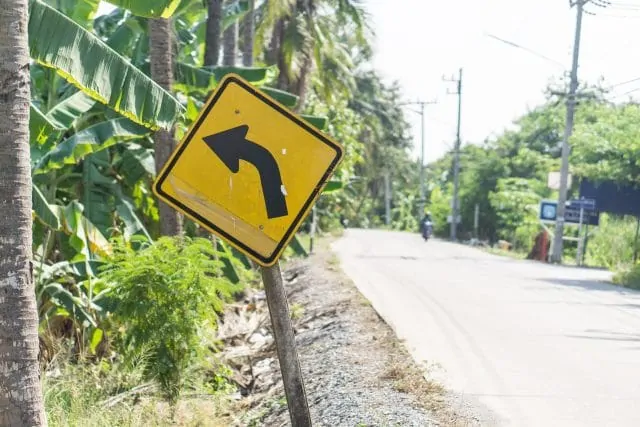Do you know how to give directions such as “left” in Korean? Besides ordering at a restaurant or shopping at a store, one of the most integral things to learn just may be asking and receiving directions.
The more you can express yourself in Korean while staying in Korea, the better. Though many Koreans can speak English well, it is a definite advantage to be able to communicate with them in their native language (more about the language here).
While we can easily access directions and maps online and offline these days, sometimes you will simply find yourself lost. In these instances, it’s good to know how to ask for directions from a local and how to understand their responses.
Today we will teach you how to say “left” in Korean. If you combine it with our other lesson for the word “right,” you’re already on a great track to navigating yourself through Korea.
Contents
“Left” in Korean
The word for “left in Korean is 왼쪽 (woenjjok). The direct translations for this word are “left side” and “on one’s left.”
This word is an essential Korean vocabulary word you should learn first. Here are the rest of the words.
If the direction includes a turn to the left, this can be expressed with 왼쪽으로 돌다 (woenjjokeuro dolda) with the verb 돌다 (dolda) changed to its appropriate form. The verb 돌다 (dolda) plays the part of “turn” or “make a turn” in the sentence.
If you want to express that something is on the left, you can say 왼쪽에 있다 (woenjjoke itta), with the verb 있다 (itta) in its appropriate form. This sentence translates to “it is on the left side.”
왼쪽 (woenjjok) can, in general, be used to express anything that is on the left side, whether that be a magazine spread, a cabinet, or whatever else have you. Lastly, the one exception is body parts, in which case just 왼 (woen) or 오른 (oreun) – which means “right” in Korean – is sufficient to express whether it’s your left eye, your right arm, and so on that you’re talking about.
Below are more sentence examples in different levels of speech.
Formal:
다음 사거리에서 왼쪽으로 도세요. (daum sageorieseo woennjjokeuro doseyo.)
Turn left at the next intersection.
Standard:
쯕 가면, 곧 왼쪽에 식당이 나올거에요. (jjeuk gamyeon, woenjjoke shikdangi naolgeoeyo.)
If you go straight, the restaurant will soon appear on your left.
Informal:
어제 운동했을때 왼 발목을 다쳤네. (eoje undonghaesseulddae woen balmokeul dachyeotne.)
Seems I hurt my left ankle while exercising yesterday.
A word of caution about Romanization
While it is possible for you to study the words in this article simply by reading their romanized versions, it will come in handy for you to be able to read Hangeul if you ever wish to come to Korea. Hangeul is the Korean alphabet, and not difficult to learn. In fact, you can learn it in just 90 minutes.
After you’ve familiarized yourself with Hangeul, life in Korea will suddenly seem so much easier, and the country won’t appear so foreign to you. So, if you’re serious about learning Korean, why not learn Hangeul today?
Go here to get your free guide that teaches you the alphabet using stories and associations.
Now that you know how to say “left” in Korean, you can more easily navigate life in Korea! ^^
Let us know what you’d like to learn next in the comments below, and maybe we can give you some direction.
Photo Credit: BigStockPhoto






